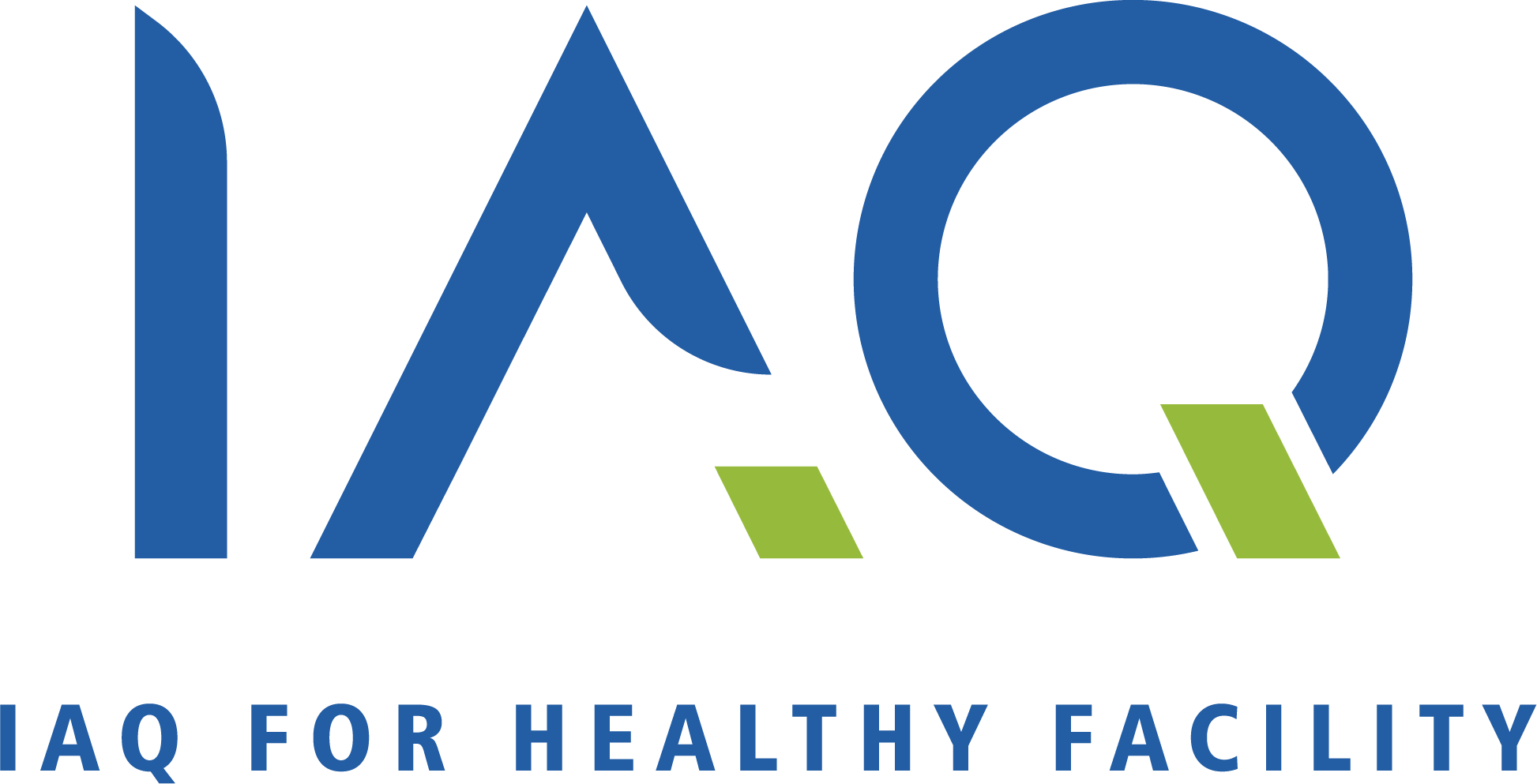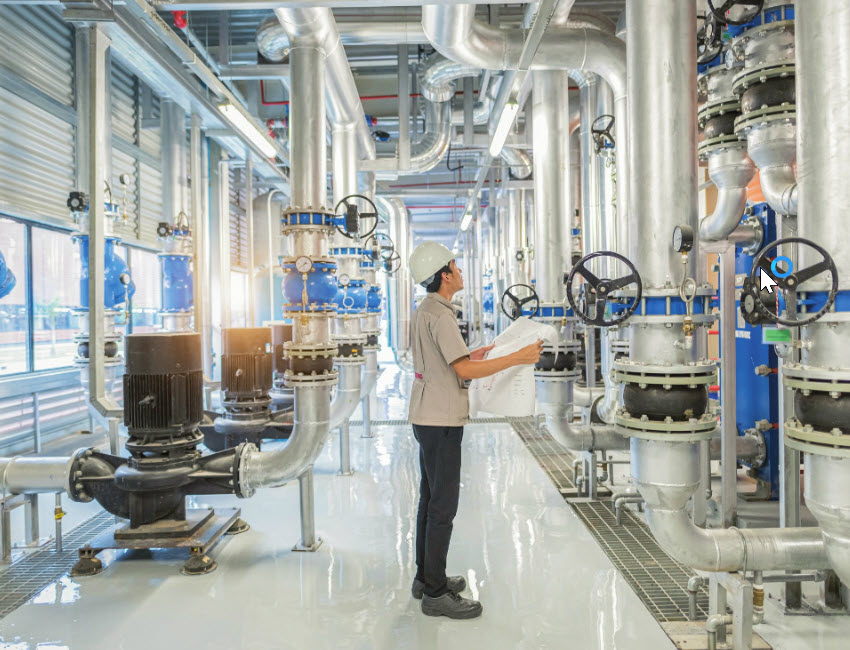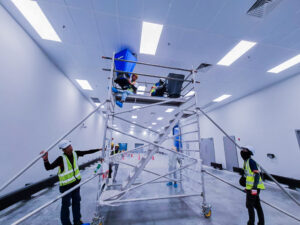Chilled water balancing is an important process that involves adjusting the flow of chilled water to various parts of a building’s HVAC system to ensure that each area receives the appropriate amount of cooling. Chilled water system balancing can provide significant benefits to building owners, managers, and occupants, such as energy savings, improved comfort, and reduced maintenance costs. In this blog, we’ll look at some of the key advantages of chilled water balancing and why it’s so important for any commercial building with a central cooling system.
Energy Savings
Energy savings are one of the primary advantages of chilled water balancing. A properly balanced chilled water system allows the system to operate more efficiently, which can result in significant energy savings. A well-balanced system distributes chilled water evenly throughout the building, ensuring that each area receives the appropriate amount of cooling and reducing the need for overcooling or overheating.
Overcooling or overheating can waste energy and raise operating costs by requiring the HVAC system to work harder to maintain the desired temperature. When a system is balanced, the amount of chilled water supplied to each area can be adjusted based on demand, potentially saving significant energy. This, in turn, can help building owners and managers meet sustainability goals by lowering greenhouse gas emissions.
Improved Comfort
Improved comfort is another advantage of chilled water balancing. A balanced system ensures that each area of a building receives the appropriate amount of cooling, which can aid in the elimination of hot and cold spots. This can help improve a building’s overall comfort, which is critical for occupant well-being and productivity. A well-balanced system can also help reduce occupant complaints about discomfort, which can be a significant burden on building managers and maintenance staff.
Reduced Maintenance Cost
Chilled water balancing can also help you save money on maintenance. A well-balanced system can reduce HVAC equipment wear and tear by ensuring that it operates at peak efficiency. This can help to reduce the need for costly repairs and replacements. Furthermore, system balancing can help reduce the risk of system failures, which can be disruptive and expensive to repair. Balancing a chilled water system on a regular basis can also help to extend the life of HVAC equipment, reducing the need for replacements and lowering overall maintenance costs.
Improved Indoor Air Quality
A chilled water system that is properly balanced can also help to improve indoor air quality. When a system is not balanced, bacteria and mould can accumulate in the ductwork, resulting in poor indoor air quality. The system is balanced to ensure that chilled water is distributed evenly, which can help prevent stagnant water from accumulating in the system. This can help improve the overall air quality in a building, which is critical for the health and well-being of the occupants.
In conclusion, chilled water balancing is an important process with significant benefits for building owners, managers, and occupants. Building owners and managers can save energy, improve comfort, lower maintenance costs, and improve indoor air quality by balancing a chilled water system. As a result, it is critical to balance chilled water systems on a regular basis to ensure optimal performance and maximum benefits.




